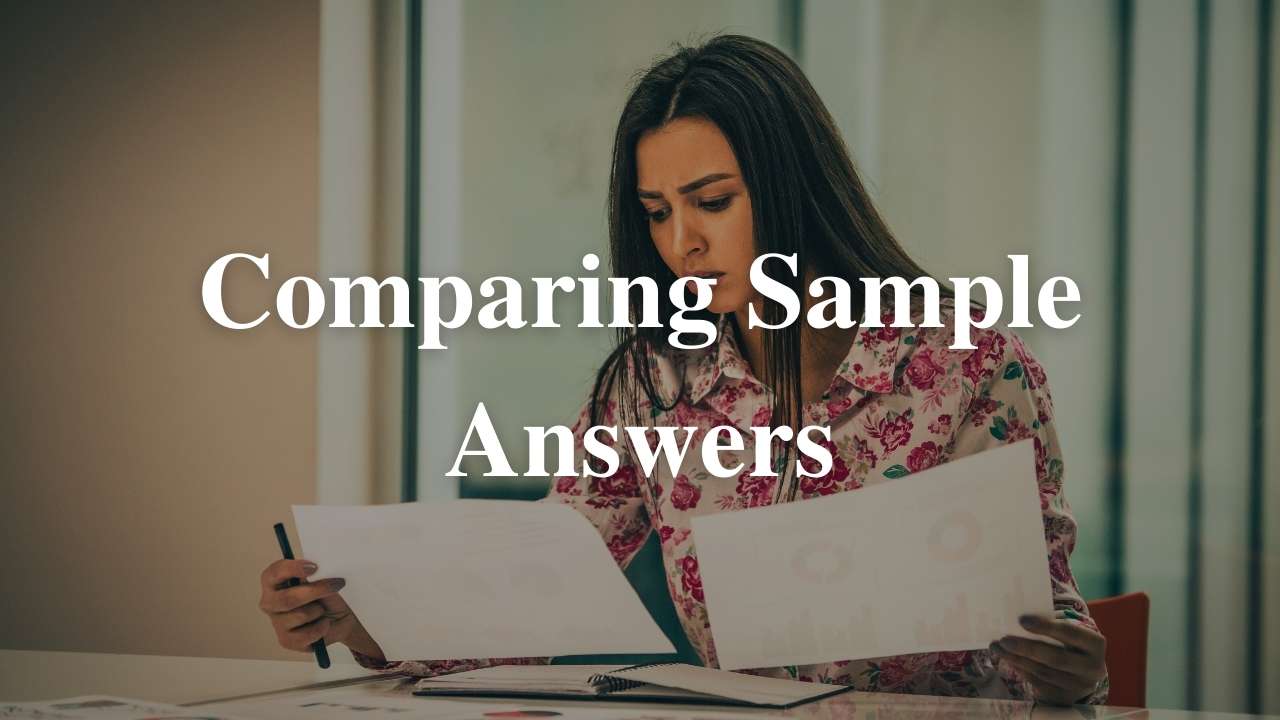Flashcards have been used as a study tool for centuries and provide great results in memorising content, but this is not all they are good for. They are usually used to develop vocabulary when learning a new language or seeking to expand our understanding in a current language. So, how do flashcards work and how can you use flashcards to improve your HSC PDHPE result?
How do flashcards work?
Flashcards work because they develop both your storage of information and, more importantly, your recall of this information. Often students think they know the content because they are familiar with it, but when asked questions about the content they cannot recall much at all. This is mostly because the information is in your head, but your brain has no idea where or how to find it. Flashcards are a method of study that frequently tests your knowledge. This testing helps to develop the recall neural pathways so that you can find the information.
Continual testing using the flashcards speeds up the recall and helps develop pathways to other information. This helps to expand your understanding as you link the content with examples and learn to apply the content with other knowledge you have or develop. They are not just rote memorisation, but also a way to expand and learn the content you have been taught. Flashcards help you understand and apply the content.
How to use flashcards
The key to using flashcards is to set them up well and to use them frequently and with variety. What I mean is:
- They should be neatly written, use colours, underlining etc to help you remember the key points. The flashcard should have examples on it… that’s right more than one (this helps your understanding).
- They should be used on as many days as possible. 15 min a day four days a week is better than 1 hour one day a week.
- When used correctly that can help you with the topics you struggle to learn, ie the cards you get wrong should be used more frequently than flashcards you get right. This generally involves two (2) piles of flashcards, one for the easy and one for the hard.
- They should be used in different locations and at different times, and
- They should be regularly shuffled and gone through in both directions. Ie content first and then syllabus first.
Most importantly though they should NOT just be read, but used to TEST!! That means you read the content and give the syllabus before turning it over to see if you know it. Once you can do this, start with the syllabus and give the content. Use them to test yourself; don’t read through them like a summary.
Additional tips:
- Group them under modules and critical questions. Learn the content with its related content this will help you to distinguish modules from each other and relate the relevant content to each other.
- If you struggle to distinguish concepts or ideas, put them on each other’s flashcards in a different colour and say out loud that they are different and how.
- Shuffle your cards and race (against a timer or a partner) to organise them around the syllabus.
- Say your flashcards out loud! This will help you to learn the content.
- Write the flashcard down with its answer, this varies things up and helps you in exams, as you will be required to write.
- Use a partner to test you using the flashcards. This forces you to say the answer out loud and also double-checks you know the content. (We often are lenient on ourselves, but if we aren’t clear enough for our partner, it won’t be clear enough for the marker). They can also provide further examples to expand your understanding.
In the end, the more you use them, the better you will become in understanding syllabus content. I always recommend putting the syllabus on one side and the content on the other with two (2) examples. You can colour code your flashcards as well so that HPIA is yellow, and FAP is blue for example. I would include the critical question at the top of the flashcard for each of its dot points and then the critical question and dot point if you need to create a flashcard for a dash point.
They can even be used to memorise the syllabus, which helps ensure you provide relevant information in your HSC PDHPE exam. You can use them to explain how the example links with the content and can test how the content links with the critical question and any other related content (often under the same critical question).






